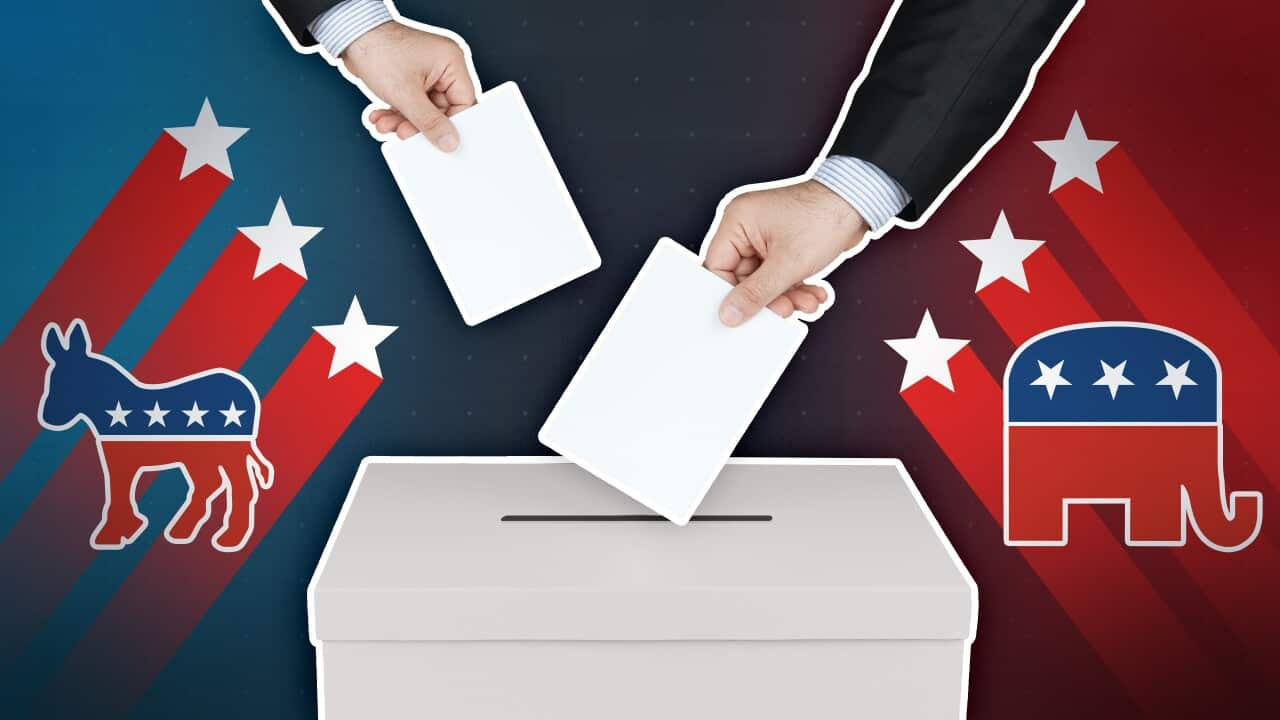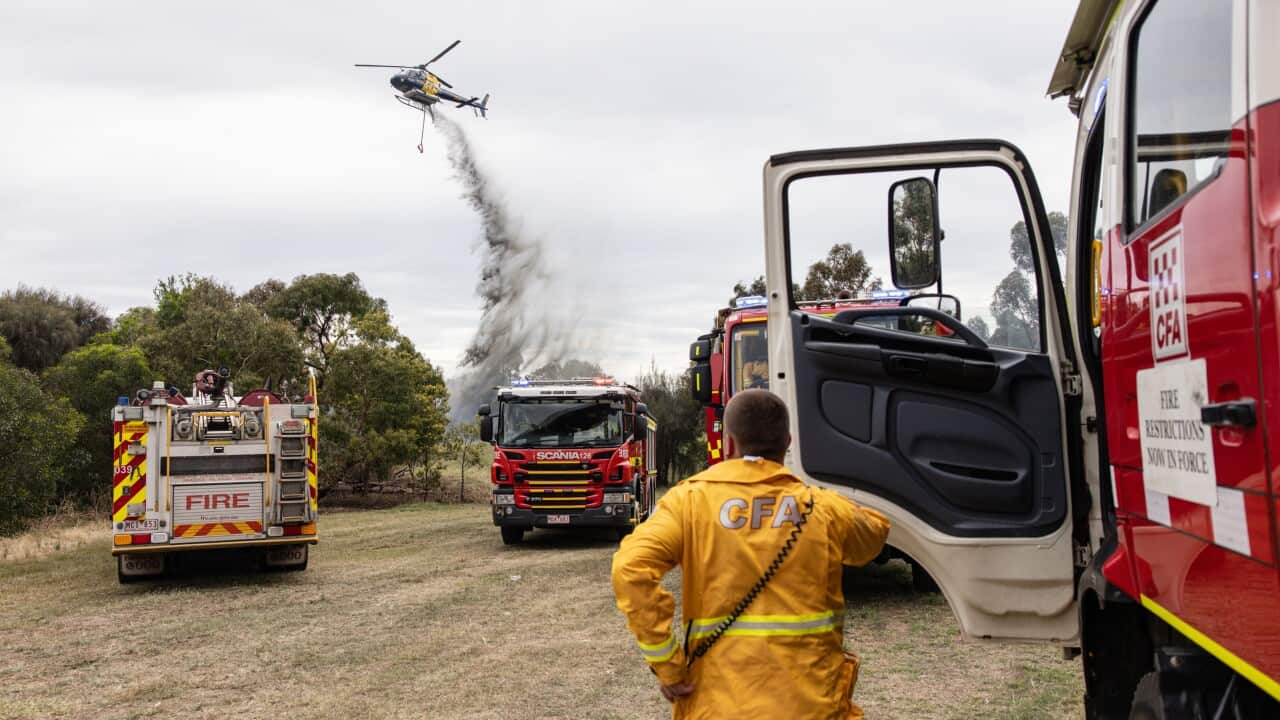After dozens of rallies and thousands of kilometres of campaign travel, the United States election is reaching its conclusion with millions heading to the polls to vote for the next leader of their country.
The race to become US president was set to be a 2020 rematch between Joe Biden and Donald Trump, but led to the election taking a new shape as was pitted against Biden’s .
The campaign has been marked by , and in the lead-up to the traditional Tuesday ballot in November: selected historically to work best with planting season and give US citizens enough time to travel to polling stations between attending church on Sunday and market days on Wednesday.
When is the US election?
The US presidential election is being held on Tuesday 5 November local time, meaning most of the action will happen on Wednesday 6 November Australian Eastern Daylight Time (AEDT).
When do polls open and close?
Opening and closing times for in-person voting locations vary across the US by state.
For 22 states that fall under the Eastern time zone, representing half of the population, polls mostly operate between 6am and 9pm local time on Tuesday. For Australians following along from home, this falls between 10pm AEDT on Tuesday and 1pm AEDT on Wednesday.
The first polls will start closing in some eastern US states from 6pm local time on Tuesday (10am AEDT on Wednesday).
By 12pm AEDT, voting will have ceased in almost 30 states — including of Georgia, Michigan, North Carolina, and most of Pennsylvania — as well as the District of Columbia.
The polls in the three remaining battleground states — Arizona, Nevada and Wisconsin — will have closed by 2pm AEDT on Wednesday.
Polls in the western-most states, Hawaii and Alaska, will close at 7pm and 8pm local time (4pm AEDT).
However, many US citizens will have already cast their votes ahead of election day, through early in-person or mail-in ballots.
According to the University of Florida’s Election Lab, over 53 million citizens have cast early votes this year.
When will officials start counting votes?
After polling stations close on election day, ballot boxes are sealed and delivered to vote-counting centres.
Some election officials will have already started processing and counting votes before election day in states where early processing is allowed after the period of early and absentee voting has ended.
Each state has their own rules as to when election officials can start counting votes.
For example, battleground states Pennsylvania and Wisconsin prohibit advanced processing of mail-in ballots until the morning of election day.
When will election results be available?
It’s difficult to forecast when the election results will come in.
This is partly because the release of results is influenced by state rules about when officials can start processing and counting votes.
The US does not have a national election commission, which means declaring, or calling, election results comes down to media outlets, such as the Associated Press. Projected times for calling states can also vary according to polling for each candidate, with states heavily favouring one candidate being more likely to be reported quickly.
For example, results are likely to be reported quickly in Washington, California, Illinois and New York as polling by FiveThirtyEight, operated by the US’ ABC News, indicates these states are favouring Harris by a considerable margin.
As for , it is difficult to anticipate when results will be declared.
Results are likely to be reported quickly for Michigan, Arizona and Nevada as election officials are allowed to start processing postal votes or absentee ballots ahead of election day.
Partial results are likely to be reported for Georgia and North Carolina given that officials have already started processing postal ballots.
Meanwhile, results for Pennsylvania and Wisconsin are projected to take a few days to report due to the rules against advanced processing of ballots.
When will we know who won the US presidential election?
If Harris or Trump holds a significant lead over the other, the election result may become clear in a matter of hours.
But given how tight the race is, the winner may not be declared on the night and the result could take days to finalise.
However, a winner may also become clear earlier than that. In 2016, Hillary Clinton conceded to Trump the morning after election day.
How can I watch the election in Australia?
From 10am AEDT on Wednesday, SBS World News presenter Janice Petersen will host a US election special, featuring live coverage from SBS’s American broadcast partner, PBS News.
After an hour of coverage from SBS World News, PBS co-anchors Amna Nawaz and Geoff Bennett will present live and continuous coverage from every jurisdiction as polls close for the presidential, vice presidential, House of Representatives, and Senate elections.
The special can be watched live on free-to-air TV, with the final hours airing on SBS VICELAND from 4:45pm AEDT, or .
Live coverage will also be available on the and .
What’s next after election day?
A is used to determine the next occupant of the White House.
After US citizens cast their ballots, and we learn who the president-elect will be, a group of 538 state electors will technically vote for the president. For a candidate to win the presidency, they need a majority of at least 270 electoral votes.
Electors are expected to vote for the winner of the popular vote in their state (or in the case of two of Nebraska and Maine’s electors, the winner of each congressional district).
They will meet in December to cast their electoral votes, before these are formally counted in a joint session of Congress on 6 January.
The president-elected is inaugurated as president on 20 January. Joe Biden will remain in office until that date.
Who’s currently leading the polls?
According to polling averages gathered by FiveThirtyEight, based on the aggregated results of multiple national polls, Harris was leading 48 per cent to Trump’s 46.8 per cent, as of 4 November.
The final New York Times/Siena College poll had Harris and Trump remaining in a tight race in the seven battleground states. Harris had marginal leads in Nevada, North Carolina and Wisconsin, while Trump was just ahead in Arizona.
The two candidates were in close races in Michigan, Georgia and Pennsylvania, within a 3.5 per cent margin of error, according to the poll of 7,879 likely voters from 24 October to 2 November.
Harris has surpassed Trump in the typically Republican state of Iowa, according to a new Selzer poll released by the Des Moines Register newspaper on the weekend.
Want more politics? You can stream poignant political documentaries in the SBS On Demand ‘Politics and Power’ collection and keep up with daily news bulletins in the .
Stay up to date with the US Election and more with the .













